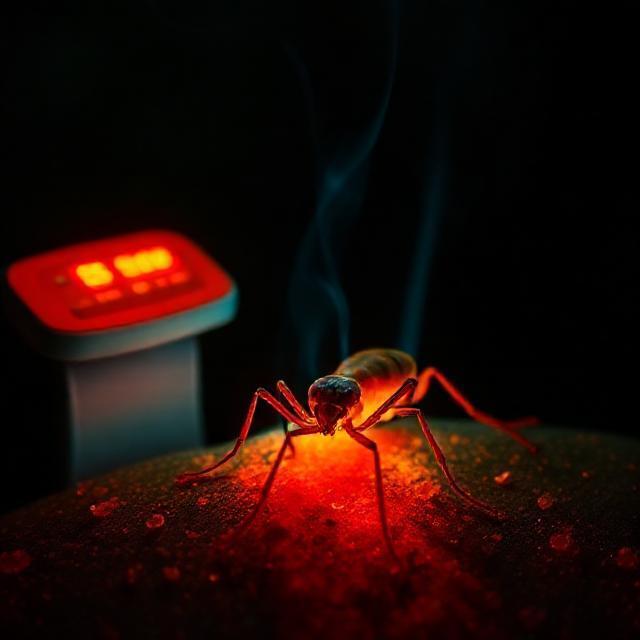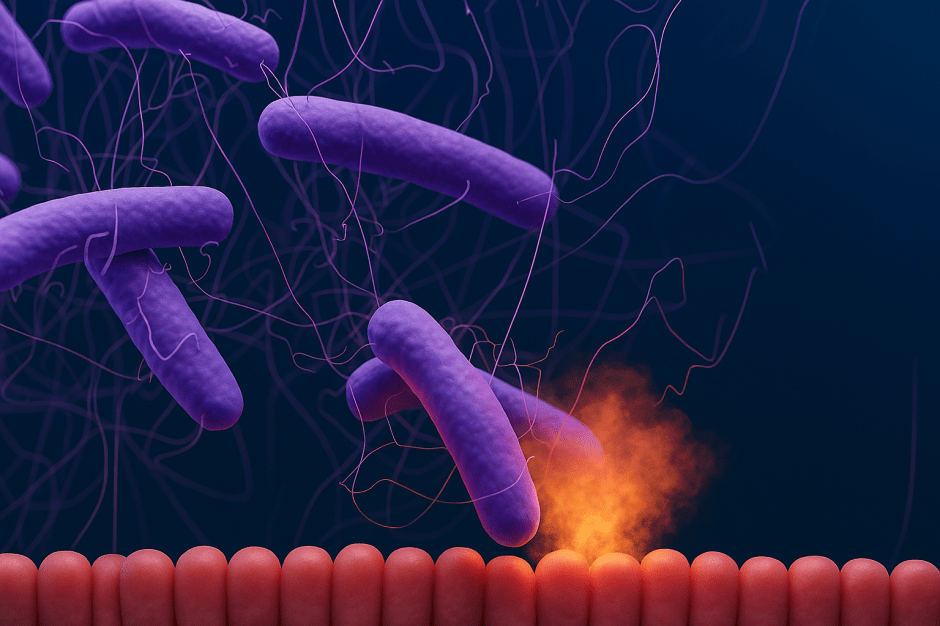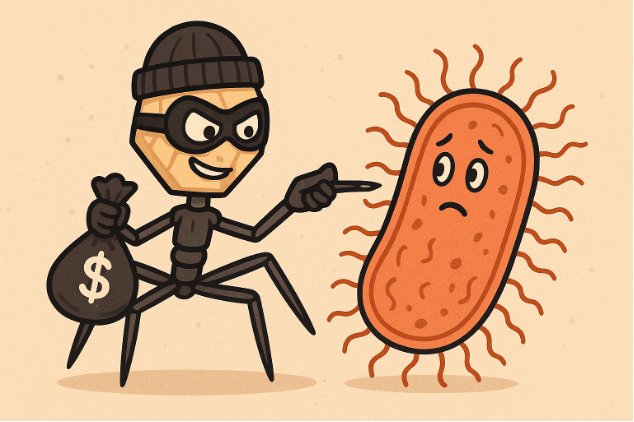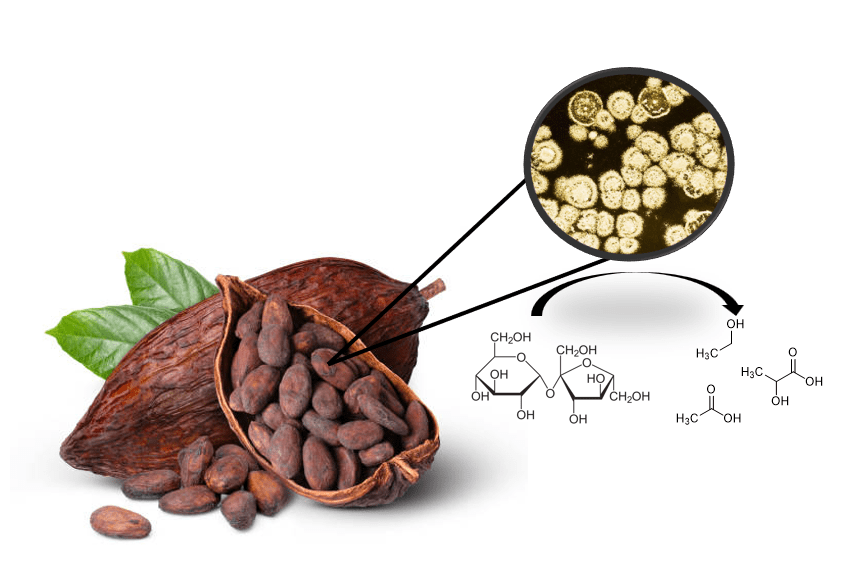
Breaking down the microbiology world one bite at a time
Natural silicates against bacteria and cancer
Cancer is the leading cause of death worldwide. It is associated with several factors, like environment, genetics, virus, bacteria, smoking, alcohol, etc. While most bacteria are opportunistic, many can directly cause cancer; for example, Helicobacter pylori is linked with stomach cancer, Salmonella typhi with gallbladder cancer, and Chlamydia pneumoniae with lung cancer. Numerous pieces of evidence point out the role of various bacteria in interfering with cancer treatment by mediating carcinogenesis (the formation of cancer cells) and other infections.
Role of bacteria in carcinogenesis
The tumor microenvironment primarily comprises tumor cells, immune cells, tumor-associated fibroblasts, the arrangement of blood vessels, and extracellular components. It not only plays a significant role in tumor progression and metastasis but also affects the efficacy of antitumor therapies and medications. Further, it provides a suitable environment for the bacteria to reside and interact with molecules of different signalling pathways influencing carcinogenesis.
For example, activation of cell signaling pathways by H. pylori and Citrobacter spp. stimulates cell proliferation and DNA replication. Intracellular pathogens such as Pseudomonas gingivalis modulate the expression of various proteins and suppress apoptosis in cells. Toxins produced by bacteria, such as Escherichia coli and Pasteurella multocida, target proteins promoting angiogenesis and cell survival. In addition to helping cells to begin cell division or enhancing the rate of cell division in inactive cells, P. multocida toxin strongly stimulates the growth of cancer cells in the absence of an anchor.
Procarcinogenic bacteria initiate cancer by inducing chronic inflammation or assisting in immune evasion. For example, a protein of Fusobacterium spp. binds to immune cells, thereby reducing their ability to kill tumor cells. Eubacterium rectale promotes inflammation and colorectal cancer. Bacteroides fragilis promotes tumorigenesis and metastatic progression in breast cancer. Some bacteria, such as Mycoplasma, reduce the activity of the tumor suppressor protein p53.
Therefore, there is a dire need for anticancer treatments that also possess antibacterial properties. However, the increasing cases of antibiotic resistance in several bacterial strains pose a great challenge to developing innovative and effective antibacterial treatments.

NANOMATERIALS TO THE RESCUE
Metal-chelating compounds are studied in the form of nanomaterials. This is due to their ability to hinder microbial-metal metabolism and obstruct key life processes, such as cell homeostasis, growth prevention, limitation in their adhesion to structures, and prevention of in-vivo infection.
Nanomaterials may therefore be used to treat cancer. Here’s why. Firstly, nanomaterials have efficient penetration and retention effects that effectively target cancer cells. Secondly, they can be easily modified for targeted delivery to tumor tissues. Thirdly, loading the drugs onto these nanomaterials can make the drugs more soluble and less prone to degradation.
Halloysite nanotubes (HNT) are a remarkable example of such nanomaterials. HNTs are natural clay materials with unique characteristics, have large particle sizes, are very stable in biological fluids, are highly functional due to ample hydrophilic hydroxyl groups, and most importantly, are affordable.
The double role of Halloysite nanotubes (HNTs)
In a study, researchers modified HNT with chlorokojic acid and studied the obtained HNT-kojic acid system using various spectroscopic and microscopy techniques. Kojic acid, a natural chelating agent, is produced by various species of fungi, especially Aspergillus oryzae.
Two natural compounds, resveratrol and curcumin, were loaded into the HNT-kojic acid system in different concentrations. The antibacterial activity of the system was also evaluated against Klebsiella pneumoniae, Escherichia coli, Streptococcus aureus, and Enterococcus faecalis. The antimicrobial assays found that the developed HNT-kojic acid system exhibited excellent antibacterial activity against these Gram-positive and Gram-negative bacterial species.
The drug loading capacity and encapsulation efficiency of the system were also analysed. The Fourier Transform InfraRed (FTIR) spectra of HNTs and the HNT-kojic acid system demonstrated the effective functionalization of HNT with kojic acid. Scanning Electron Microscopy (SEM) images showed cylindrical tubes sized at 400 nm, and SEM coupled with Energy Dispersive X-ray Spectroscopy (SEM-EDX) showed the presence of aluminium, silicon, oxygen, and carbon. Inductively Coupled Plasma Mass Spectrometry (ICP/MS) spectra verified the iron (III) chelating ability of the system.
UV-visible spectroscopy revealed that the highest encapsulation efficiency is obtained at the highest drug concentration for both resveratrol and curcumin. Further, they found that drugs have different solubilities with significant differences in their release kinetics profile from the system.
The developed system thus provides insight into using HNT, a natural silicate, as a double agent against cancer and bacteria.
Featured image: Created by the author using Canva.
Additional sources
1. A.J. Lax, and W. Thomas, How bacteria could cause cancer: One step at a time, TRENDS in Microbiology, 10(6), 293-299, 2002. DOI: 10.1016/S0966-842X(02)02360-0.
2. H. Lu, Q. Wang, W. Liu, Z. Wen, and Y. Li, Precision strategies for cancer treatment by modifying the tumor-related bacteria, Applied Microbiology and Biotechnology, 105, 6183-6197, 2021. DOI: 10.1007/s00253-021-11491-9.















